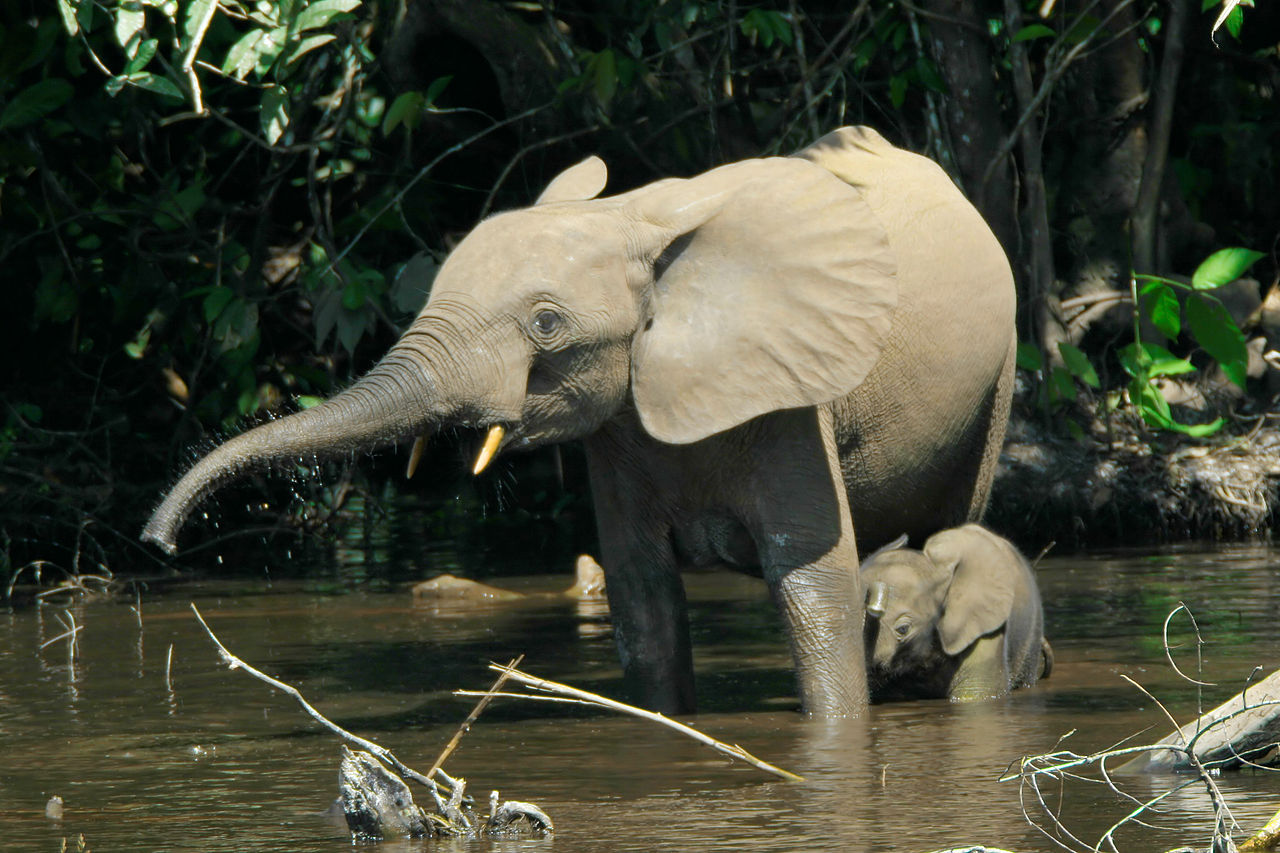We're open daily! View holiday hours
Science News
Elephant Trouble
August 20, 2014
by Molly Michelson

Yesterday we wrote about how the arapaima’s size works against it in the wild. The same could be said of African elephants. A new study, published this week in the Proceedings of the National Academy of Sciences, finds the large mammals in decline throughout the continent due to illegal killing, or poaching, for the elephants’ ivory tusks. Considering the elephants’ rate of decline, the researchers call the practice “unsustainable” and hope that these data spur “global action.”
The researchers used two methods to measure the elephants’ mortality. In one site, carcasses were visually monitored. At 45 other sites across Africa, data came from Monitoring the Illegal Killing of Elephants (MIKE), started in 2002 by CITES, the Convention on International Trade in Endangered Species.
Researcher (and lead author) George Wittemyer, of Colorado State University, and his colleagues work in the Samburu National Reserve in Kenya, where every elephant death—whether due to natural or unnatural causes—is thoroughly tracked. The MIKE program relies on data from different countries and organizations and is not always consistent—more of a “coarse-scale model,” the team writes in the study, but that allows for sampling of a large area. The scientists looked at data from both surveys for the period from 2009 to 2012.
As different as the two methods are, the results were similar: “both agree that the rate of illegal killing is unsustainable,” according to the study. The team estimates that almost 40,000 elephants were killed per year in those three years. While that may only be 3 to 4 percent of the continental population, the scientists say the percentage is enough to disrupt elephant mating behavior. Overharvesting continues to increase, putting the animals at great risk.
The other finding, perhaps not surprising, is that the rise of illegal killing correalates with the rise of local, black market ivory prices. The authors recommend conservation efforts in the field where the elephants are being killed and enforcement in the Asian (China and Vietnam, principally) markets, “to tackle all levels of the supply chain.” They warn, “The repercussions of this harvest… are not only ecological in nature, but raise human and socioeconomic concerns,” reminding us that we’re all connected in this web of life.
Image: